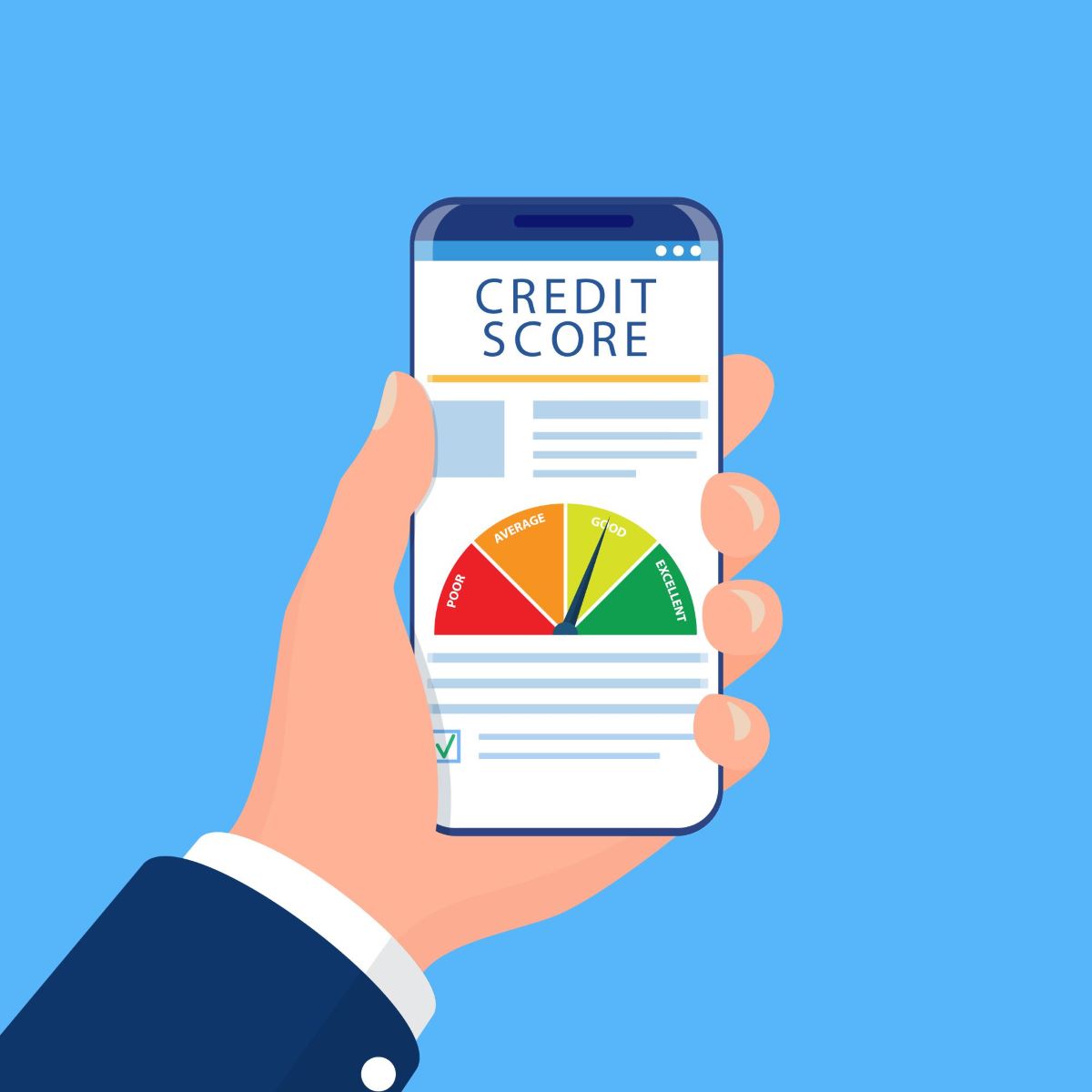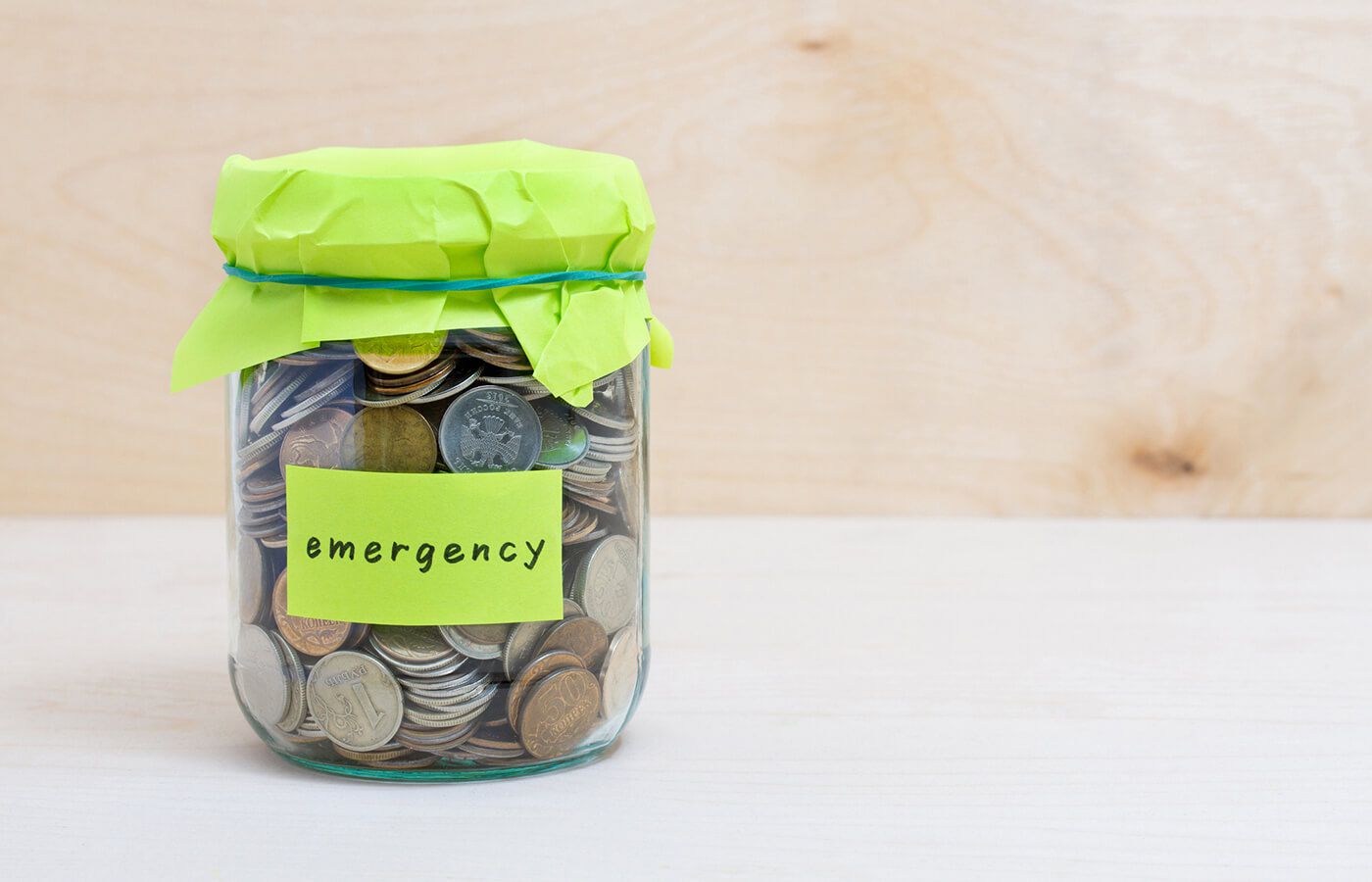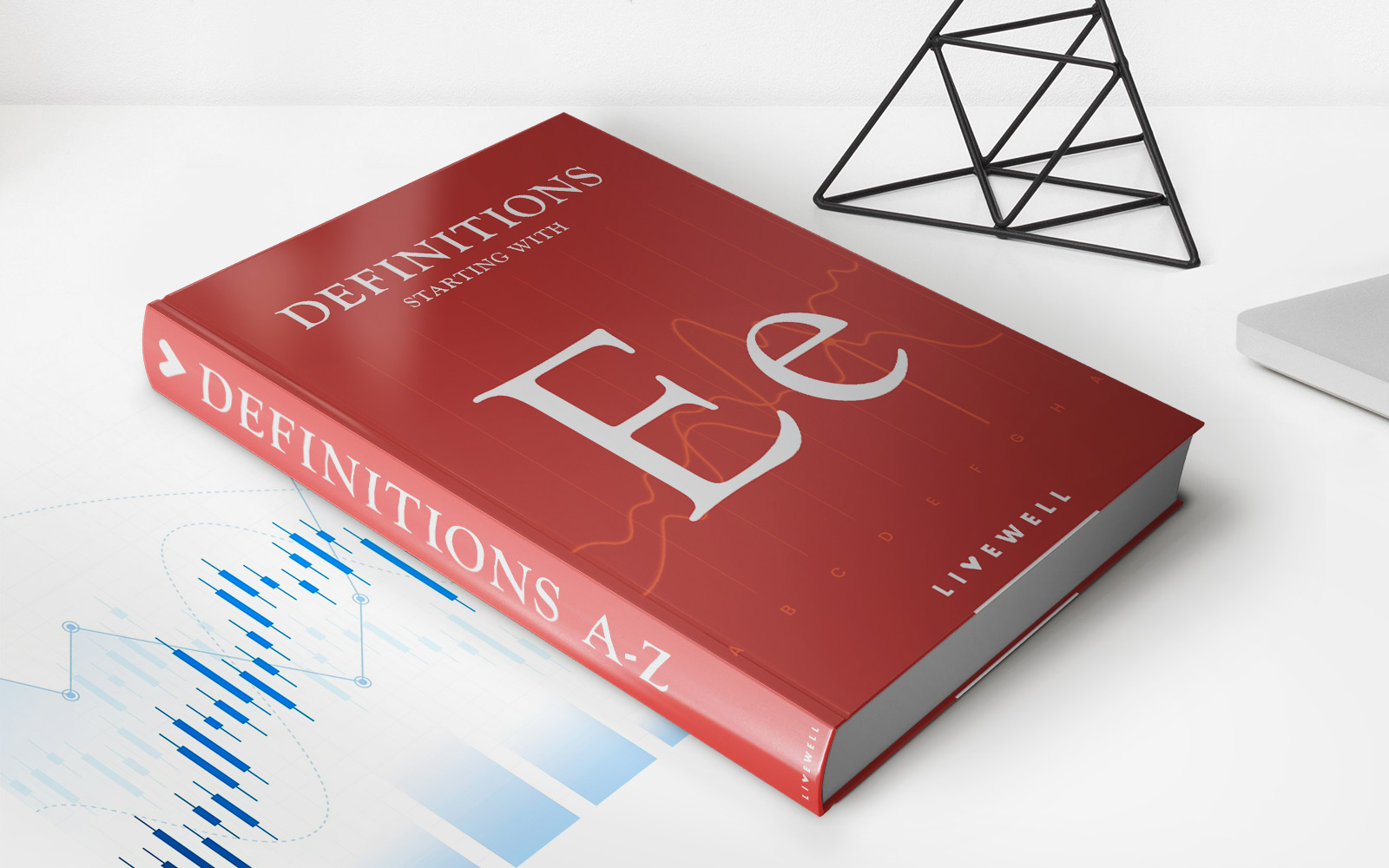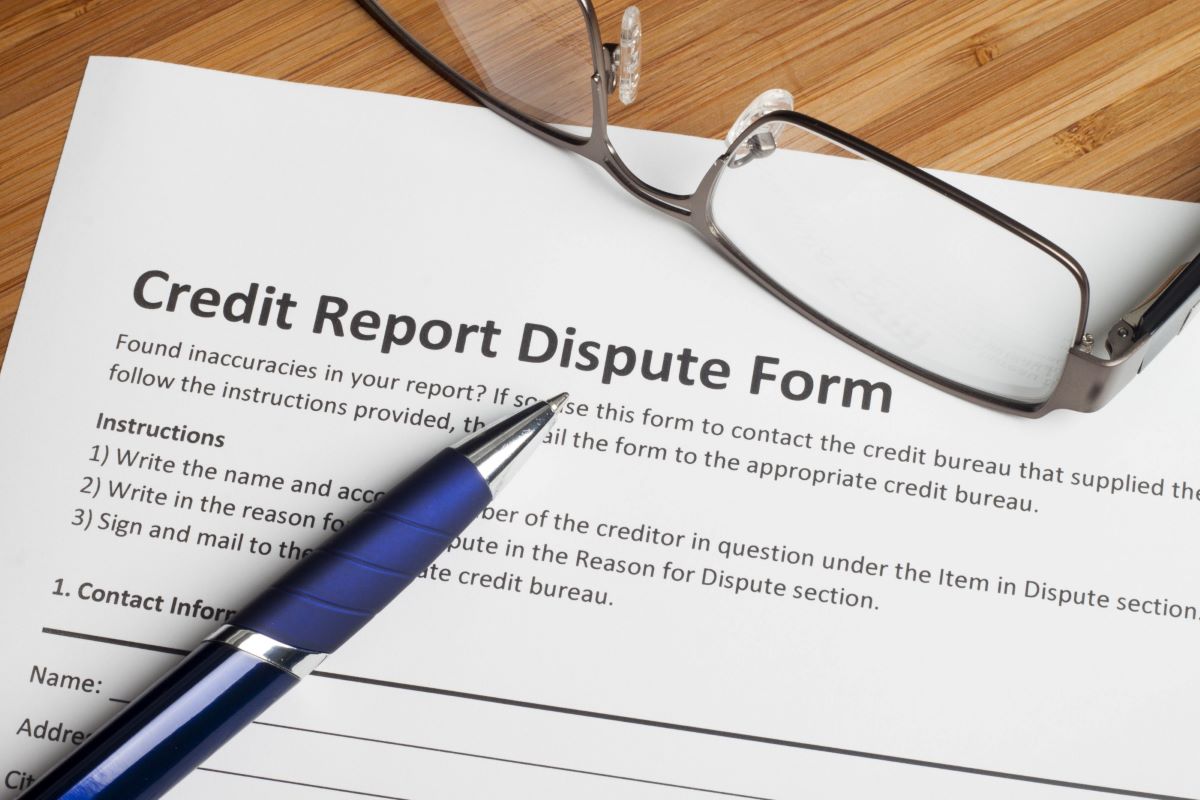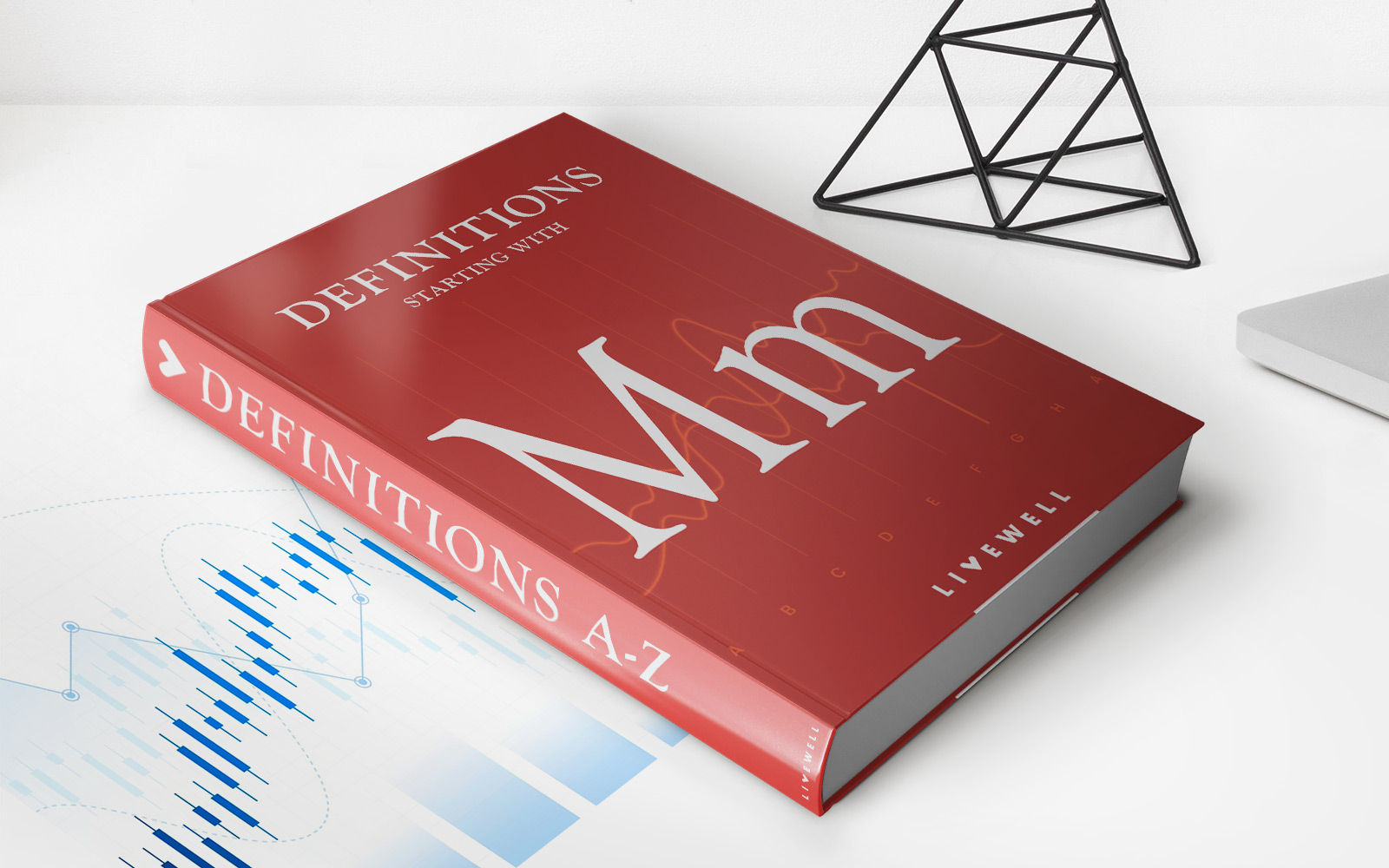Home>Finance>What Is The Relationship Between An Emergency Fund And Credit/Loans?


Finance
What Is The Relationship Between An Emergency Fund And Credit/Loans?
Published: February 18, 2024
Learn how an emergency fund impacts your credit and loans. Discover the crucial link between finance management and financial stability.
(Many of the links in this article redirect to a specific reviewed product. Your purchase of these products through affiliate links helps to generate commission for LiveWell, at no extra cost. Learn more)
Table of Contents
**
Introduction
**
In the realm of personal finance, the concept of an emergency fund is often hailed as a cornerstone of financial stability and security. This fund acts as a safety net, providing individuals and families with a cushion to weather unexpected financial storms, such as medical emergencies, sudden job loss, or major car repairs. While the importance of an emergency fund is widely acknowledged, its relationship with credit and loans is a topic that merits exploration.
As we delve into the intricacies of emergency funds and their interaction with credit and loans, it becomes evident that these financial elements are interconnected in complex ways. Understanding the dynamics between emergency funds and credit/loans is crucial for individuals seeking to fortify their financial well-being. This article aims to shed light on the symbiotic relationship between emergency funds and credit/loans, emphasizing the pivotal role they play in shaping one's financial resilience and long-term stability.
The subsequent sections will elucidate the fundamental principles of emergency funds, dissect the role of credit and loans in the financial landscape, and unravel the intricate interplay between these components. Furthermore, we will explore the benefits of maintaining an emergency fund and provide actionable tips for building and preserving this financial safety net. By the end of this comprehensive exploration, readers will gain a deeper understanding of how emergency funds, credit, and loans converge to influence financial preparedness and decision-making.
Understanding Emergency Funds
An emergency fund serves as a financial buffer, designed to cover unforeseen expenses or income disruptions without derailing one's overall financial stability. This reserve is earmarked for genuine emergencies and is not intended for discretionary spending or planned expenses. The primary objective of an emergency fund is to mitigate the impact of unexpected financial setbacks, thereby averting the need to resort to high-interest debt or liquidate long-term investments prematurely.
The ideal size of an emergency fund varies depending on individual circumstances, such as monthly expenses, income stability, and the presence of dependents. Financial experts often recommend setting aside three to six months' worth of living expenses in an easily accessible account, such as a high-yield savings account or a money market fund. For those with fluctuating income or high-risk job positions, maintaining a larger emergency fund equivalent to six to nine months' expenses may offer greater peace of mind and protection.
In essence, an emergency fund acts as a financial shock absorber, providing a sense of security and resilience in the face of unexpected financial burdens. By proactively establishing and diligently contributing to this fund, individuals can navigate challenging circumstances with greater confidence, knowing that they have a financial lifeline to rely on when the unexpected occurs.
The Role of Credit and Loans
Credit and loans are integral components of the modern financial landscape, offering individuals access to funds for various purposes, including major purchases, education, home ownership, and business endeavors. Credit, typically extended in the form of credit cards or lines of credit, allows individuals to borrow money up to a predetermined limit, with the obligation to repay the borrowed amount along with accrued interest. On the other hand, loans, such as personal loans, auto loans, and mortgages, provide lump-sum amounts that are repaid over a specified period, often with a fixed or variable interest rate.
These financial tools enable individuals to fulfill immediate financial needs, pursue opportunities, and manage cash flow effectively. However, it is essential to exercise prudence and responsible borrowing to avoid falling into a cycle of debt and financial strain. Understanding the terms, interest rates, and repayment obligations associated with credit and loans is crucial for making informed financial decisions and safeguarding one’s long-term financial well-being.
Moreover, the prudent use of credit and loans can contribute to building a positive credit history, which is instrumental in securing favorable terms for future borrowing and financial endeavors. A strong credit profile opens doors to competitive interest rates, higher credit limits, and better loan terms, empowering individuals to leverage credit and loans as strategic financial tools.
While credit and loans offer financial flexibility and opportunities for growth, they also entail the responsibility of timely repayment and prudent utilization. Failure to manage credit and loan obligations effectively can lead to financial distress, mounting interest costs, and a negative impact on one’s creditworthiness. Thus, maintaining a balanced approach to utilizing credit and loans is essential for sustaining financial health and stability.
The Interplay Between Emergency Funds and Credit/Loans
The relationship between emergency funds and credit/loans is characterized by a delicate balance of preparedness and strategic financial management. An adequately funded emergency reserve serves as a proactive measure to address unforeseen expenses, reducing the reliance on credit or loans during times of financial distress. By having a robust emergency fund in place, individuals can mitigate the need to accumulate high-interest debt or deplete their savings to meet unexpected financial obligations.
Conversely, the availability of credit and loans can complement an emergency fund by providing an additional layer of financial support when facing substantial or prolonged emergencies that surpass the scope of the reserve. When used judiciously, credit cards or lines of credit can serve as short-term solutions for covering urgent expenses, offering a bridge until the emergency fund can be accessed or alternative funding sources become available. Similarly, certain types of loans, such as personal loans or home equity lines of credit, can offer a lifeline for addressing significant financial challenges, provided that the terms and repayment obligations are carefully considered.
However, it is imperative to approach the interplay between emergency funds and credit/loans with discernment and foresight. Relying solely on credit or loans to address emergencies without a fortified emergency fund can lead to long-term financial strain, as the burden of high-interest debt and ongoing repayment obligations may impede overall financial stability. Conversely, overly relying on an emergency fund for expenses that could be feasibly managed through credit or loans may deplete the reserve unnecessarily, compromising its effectiveness when facing genuine emergencies.
Ultimately, the harmonious interplay between emergency funds and credit/loans hinges on prudent financial planning, a clear understanding of one’s financial needs, and the ability to assess the most suitable approach for addressing unforeseen expenses. By striking a balance between a well-funded emergency reserve and the strategic use of credit and loans, individuals can navigate financial challenges with resilience while safeguarding their long-term financial well-being.
Benefits of Having an Emergency Fund
Having a robust emergency fund confers a multitude of financial and psychological benefits, positioning individuals to navigate unexpected challenges with resilience and confidence. The presence of an adequately funded emergency reserve offers a sense of security, shielding individuals from the anxiety and uncertainty that often accompany unforeseen financial setbacks. By proactively setting aside funds for emergencies, individuals can experience peace of mind, knowing that they have a financial safety net to rely on when the unexpected occurs.
Financial Stability: An emergency fund serves as a pillar of financial stability, minimizing the need to resort to high-interest debt or liquidate long-term investments when faced with unexpected expenses or income disruptions. This stability fosters a sense of control over one’s financial circumstances, reducing the impact of emergencies on overall financial well-being.
Debt Avoidance: With a well-funded emergency reserve, individuals can sidestep the cycle of accumulating high-interest debt to address unforeseen expenses. By leveraging the funds from the emergency reserve, individuals can avoid the financial strain and interest costs associated with relying on credit cards or loans to manage emergencies.
Opportunity for Strategic Decision-Making: An emergency fund provides individuals with the flexibility to make strategic financial decisions, such as pursuing career changes, seizing investment opportunities, or weathering economic downturns without compromising their financial security. This financial cushion empowers individuals to make choices based on long-term objectives rather than succumbing to immediate financial pressures.
Enhanced Financial Resilience: The presence of an emergency fund cultivates financial resilience, enabling individuals to confront unexpected challenges without jeopardizing their long-term financial goals. This resilience extends beyond mere financial preparedness, instilling a sense of confidence and adaptability in the face of adversity.
Peace of Mind: Perhaps one of the most invaluable benefits of maintaining an emergency fund is the peace of mind it affords. Knowing that there is a dedicated fund to address unforeseen expenses or income disruptions alleviates the stress and worry associated with financial uncertainty, allowing individuals to focus on their personal and professional pursuits with a greater sense of security.
By recognizing and harnessing these benefits, individuals can appreciate the profound impact of an emergency fund on their financial well-being, empowering them to navigate life’s uncertainties with resilience and confidence.
Tips for Building and Maintaining an Emergency Fund
Building and sustaining an emergency fund requires a proactive and disciplined approach to financial management. By implementing the following tips, individuals can fortify their financial resilience and establish a robust safety net to address unforeseen expenses:
- Set Attainable Savings Goals: Begin by setting realistic savings targets for your emergency fund. Aim to accumulate an initial sum equivalent to one month’s living expenses and gradually expand it to cover three to six months’ worth of expenses, based on your individual circumstances.
- Automate Regular Contributions: Establish automatic transfers from your primary checking account to a designated savings or money market account. Automating contributions streamlines the savings process and ensures consistent deposits into your emergency fund.
- Allocate Windfalls and Bonuses: Direct unexpected windfalls, such as tax refunds, work bonuses, or monetary gifts, toward bolstering your emergency fund. Utilizing these additional funds can expedite the growth of your reserve without impacting your regular budget.
- Trim Non-Essential Expenses: Identify areas in your budget where discretionary spending can be curtailed. By reallocating funds from non-essential expenses to your emergency fund, you can accelerate its growth while fostering prudent financial habits.
- Reassess and Adjust Contributions: Regularly review your financial situation and make adjustments to your savings contributions as your income and expenses fluctuate. Adapting your savings strategy in response to changing circumstances ensures that your emergency fund remains aligned with your evolving financial needs.
- Preserve the Fund’s Purpose: Refrain from utilizing your emergency fund for non-critical expenses or lifestyle upgrades. Maintaining the integrity of the reserve for genuine emergencies safeguards its efficacy and ensures that it remains available when needed most.
- Explore High-Yield Savings Options: Consider leveraging high-yield savings accounts or money market funds to maximize the growth potential of your emergency fund. These financial instruments offer competitive interest rates, enhancing the accumulation of your reserve over time.
- Replenish After Utilization: In the event of tapping into your emergency fund to address a genuine crisis, prioritize replenishing the withdrawn amount as soon as your financial situation allows. Swift replenishment safeguards the fund’s readiness for future unforeseen expenses.
By adhering to these prudent strategies and cultivating a steadfast commitment to building and preserving an emergency fund, individuals can fortify their financial preparedness and resilience, ensuring that they are equipped to confront unexpected challenges with confidence and stability.
Conclusion
As we conclude our exploration of the interwoven dynamics between emergency funds, credit, and loans, it becomes evident that these financial elements are indispensable cornerstones of a robust and resilient financial framework. The symbiotic relationship between emergency funds and credit/loans underscores the significance of proactive financial planning, prudent decision-making, and the cultivation of a balanced approach to managing unforeseen expenses and financial challenges.
By cultivating a well-funded emergency reserve, individuals can safeguard their financial stability, minimize reliance on high-interest debt, and navigate unexpected setbacks with confidence and composure. The presence of an emergency fund offers a sense of security and empowerment, providing individuals with the flexibility to address emergencies without compromising their long-term financial well-being.
Moreover, the strategic use of credit and loans, when complemented by a fortified emergency fund, can offer additional support in managing substantial or prolonged financial crises, provided that these financial tools are utilized judiciously and responsibly. The interplay between these components underscores the importance of striking a harmonious balance between financial preparedness and strategic utilization of credit and loans.
As individuals embrace the benefits of maintaining an emergency fund and implement prudent strategies to build and preserve this financial safety net, they can fortify their financial resilience, cultivate peace of mind, and position themselves to confront life’s uncertainties with confidence and stability. The proactive cultivation of a robust emergency fund, coupled with informed decision-making regarding credit and loans, empowers individuals to navigate unexpected challenges while preserving their long-term financial well-being.
In essence, the intricate relationship between emergency funds, credit, and loans underscores the pivotal role they play in shaping individuals’ financial trajectories, offering a pathway to stability, resilience, and confidence in the face of the unforeseen. By embracing these principles and integrating them into their financial planning, individuals can embark on a journey toward enhanced financial well-being and preparedness, equipped to navigate life’s unpredictable terrain with steadfast assurance.


